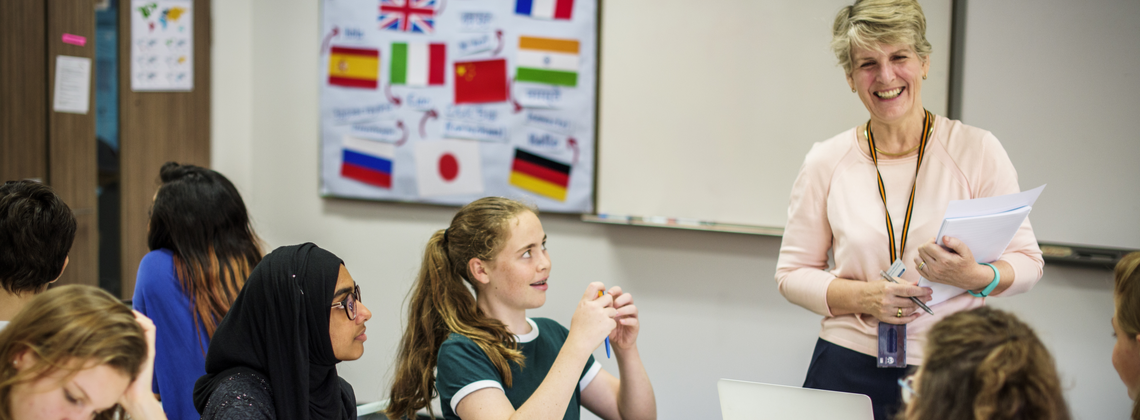

Pronunciation is very important to learning a new language.
There are two scenarios where pronunciation becomes valuable, that’s a new language and also with your own native mother tongue. Both speaking your mother tongue with accuracy helps to improve your overall knowledge of the language and when it comes to learning a new language is speaking correctly to avoid offending others in your target language.
As you start learning a new language, speaking becomes a useful part of the process as it helps to contextual the language and also activate its use, whether visiting the target country or even meeting a native speaker of the language. Small adjustments in your phrases and words can cause issues with understanding, so making sure you understand how to adapt this is very valuable to avoid any mistakes.
Tactics to Improving Pronunciation

For whatever language you are learning, these tactics will hopefully provide you with the arsenal for taking on any language and tough pronunciation issues that might spring up as you learn a language.
A perfect example of pronunciation gone wrong is matching a word’s pronunciation with another word in the language. The word for “married’ in Swedish is “Gift“, pronounced aloud as “Yeft” (with a y), sadly this word also means “poison” in Swedish too. So before you move ahead with new words and vocabulary, it’s important to make sure you add as much context around each new word as possible to avoid these mistakes as you get started.
As much as the dangers of pronunciation are scary for beginners, this isn’t the biggest problem for beginners.
For many of those newbie language learners, making an effort to activate your best accent and fluency abilities before speaking to a native can help to avoid these situations by showcasing your efforts towards matching to the most contextual word.
For many studying Asian languages, the real struggle is the phonetic, consonants and tones.
Tactics to combat improved pronunciation include;
- Practising at home to help refine efforts
- Sharing your skills in a safe environment like a language learning club
- Make friends with a native speaker online/offline to communicate with
Overtime, using these pronunciation tactics will help to craft a good structure and appraoch to picking up new words and phrases and correctly pronouncing them.
Pronunciation Support Tools

There are plenty of pronunciation support tools out there, but we’ve highlighted three that will be great for getting started! Take advantage of these resources and make sure to use them on a regular basis, weekly if you can to keep up to date with how you say new words and phrases.
- YouTube – YouTube has become a hub of language learning resources with teachers. There are plenty of videos and resources there that can help you get started. The great thing about YouTube is the ability to visually see how the mouth is moving. This helps to improve the corrections and issues you might have when mispronouncing vocabulary.
- iTalki – Another visual resource, iTalki provides a way for you to connect with native speakers. This is perfect if you are looking to make a lot of mistakes with your pronunciation. This two-way communication can be challenging, offering opportunities to make errors and fix them in real-time.
- FlashAcademy® – The language learning app designed to help with pronunciation and grammar. Easy to use and set-up, it is perfect for those who can take advantage of their language learning and specifically their pronunciation. The app combines native speaking videos to help with pronunciation and grammar to help with learning all round riles.
These applications with their tools and resources will help to provide a better understanding of context which will intern help to craft a smarter and more intelligent approach to your situation and what words to use during these times. Even for non-English speakers, if you are looking to learn English, you can use tools like YouTube.

